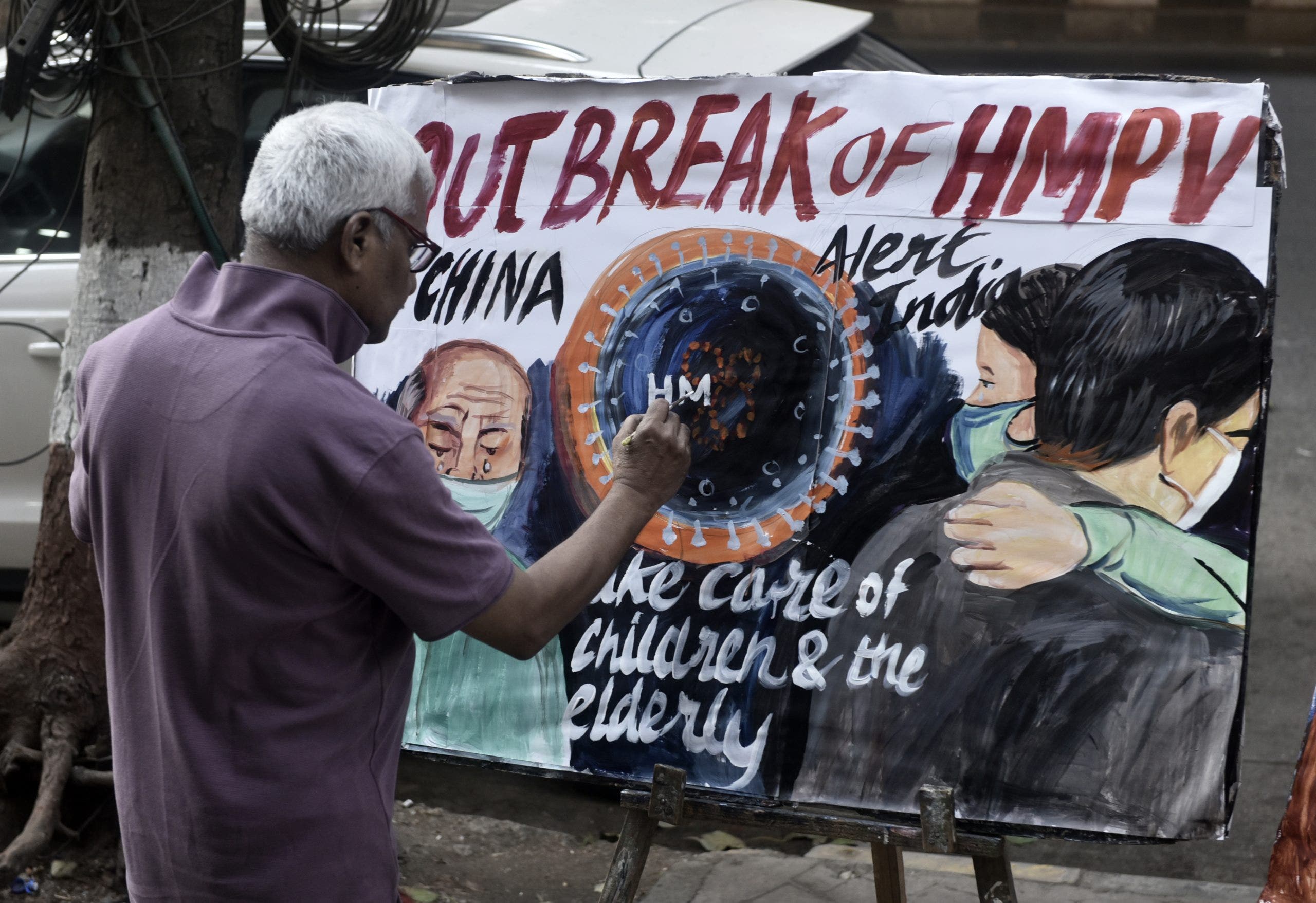Surge in HMPV Cases: Understanding the CDC’s Vigilance in China
As health officials globally remain alert, the rise in human metapneumovirus (HMPV) cases in China has prompted the Centers for Disease Control and Prevention (CDC) to intensify its monitoring efforts. This surge raises critical questions about the implications for public health, not only in China but also worldwide. In this article, we’ll delve into what HMPV is, the reasons behind the CDC’s heightened attention, and the potential consequences of this virus’s rise.
What is Human Metapneumovirus (HMPV)?
Human metapneumovirus is a viral pathogen that primarily affects the respiratory system. Discovered in the early 2000s, HMPV belongs to the Paramyxoviridae family and is known to cause respiratory infections, especially in young children, the elderly, and immunocompromised individuals. The symptoms can range from mild cold-like signs to severe respiratory distress.
Common symptoms of HMPV infection include:
- Cough
- Fever
- Runny nose
- Shortness of breath
- Wheezing
While most infected individuals recover without requiring significant medical intervention, HMPV can lead to serious complications, particularly in vulnerable populations. This makes the monitoring of HMPV cases crucial for public health authorities.
The Current Situation in China
Recent reports have indicated a noticeable uptick in HMPV cases in China, prompting the CDC to closely observe the situation. Various factors contribute to this increase, including seasonal variations, social behaviors, and the potential co-circulation with other respiratory viruses such as influenza and COVID-19. The interplay of these viruses can complicate diagnosis and treatment, raising concerns about healthcare system strain.
The CDC’s role in monitoring HMPV cases is vital for several reasons:
- Data Collection: Continuous data collection on HMPV cases can help identify trends and potential outbreaks.
- Public Health Response: Understanding the spread can guide public health interventions and resource allocation.
- Global Health Implications: An outbreak in China can have ripple effects worldwide, especially in our interconnected world.
Why the Surge in HMPV Cases is Concerning
The surge in HMPV cases is concerning for several reasons. First, the virus’s similarity to other respiratory pathogens can lead to misdiagnosis and delayed treatment. The overlapping symptoms with influenza and COVID-19 further complicate clinical assessments, potentially leading to increased hospitalizations during peak seasons.
Moreover, HMPV’s capacity to mutate raises questions about vaccine efficacy and the potential for new strains to emerge. Unlike other respiratory viruses, there is currently no specific treatment or vaccine available for HMPV, making preventive measures even more critical.
Implications for Global Health
Global health is significantly impacted by infectious diseases, and the rise of HMPV in China is no exception. The following implications highlight the need for a coordinated response:
- Travel and Trade: Increased HMPV cases can affect international travel and trade, as countries may implement travel restrictions to curb the virus’s spread.
- Healthcare System Burden: A spike in respiratory infections can overwhelm healthcare systems, particularly in regions already grappling with healthcare challenges.
- Research and Development: The situation underscores the urgency for research into HMPV, including vaccine development and treatment options.
Preventive Measures to Combat HMPV Spread
Preventive measures are essential in controlling the spread of HMPV and protecting vulnerable populations. Here are some key strategies:
- Public Awareness: Efforts to educate the public about HMPV symptoms and transmission can encourage early detection and reporting.
- Hygiene Practices: Regular handwashing, sanitizing surfaces, and wearing masks in crowded spaces can help reduce transmission.
- Vaccination for Other Respiratory Viruses: While there is no specific vaccine for HMPV, vaccination against influenza and COVID-19 can help reduce the overall burden of respiratory illnesses.
The Role of the CDC and Global Cooperation
The CDC’s role in monitoring HMPV cases is part of a broader global health strategy. Continuous collaboration between health organizations, governments, and researchers is vital to address the challenges presented by HMPV and similar pathogens. Global cooperation facilitates:
- Information Sharing: Rapid sharing of data and research findings can help countries respond effectively to outbreaks.
- Resource Allocation: Coordinated efforts can ensure that resources are directed to areas most in need, especially during peak infection seasons.
- Research Funding: Increased funding for research on HMPV can lead to breakthroughs in treatment and prevention.
Conclusion: Staying Vigilant Against HMPV
As the CDC remains vigilant in monitoring the rise of HMPV cases in China, the global health community must prioritize understanding and addressing the implications of this virus. By fostering awareness, promoting preventive measures, and encouraging research, we can collectively mitigate the impact of HMPV and safeguard public health. The situation serves as a reminder of the interconnectedness of our world and the necessity for collaborative efforts in the face of infectious diseases.
In summary, the surge in HMPV cases is a significant public health concern, warranting attention from health officials and the public alike. With proactive measures and a unified approach, we can strive to manage HMPV’s impact and ensure a healthier future for everyone.
See more WebMD Network



